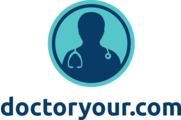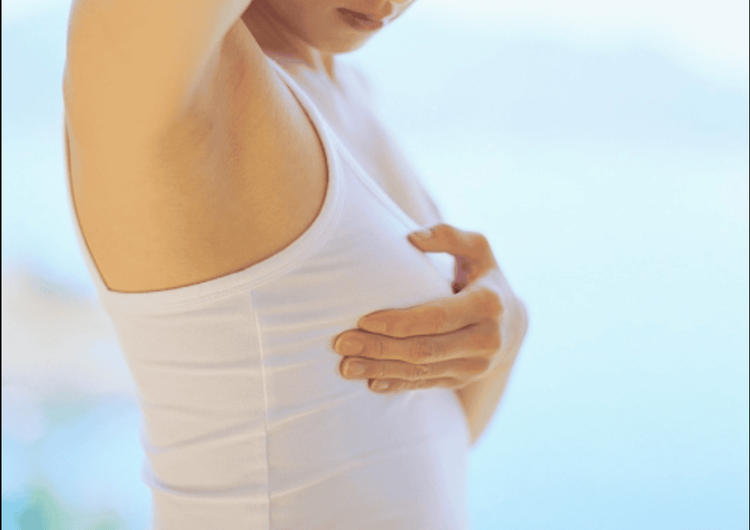No matter your age, maintaining the habit of taking care of healthy breasts is extremely important. This means you need to learn to understand what is normal and what is abnormal with your breasts. This habit will help you recognize any changes early that may indicate an abnormality.
1. What is the habit of self-breast examination?
Like any other part of your body, you need to understand what to expect at different stages of life. Becoming familiar with how your breasts look and feel will help you identify anything unusual. Pamela Peeke, MD, author of *Body for Life for Women*, says, “Just as you pay attention to your skin and notice any new moles, you should also be aware of your breasts in the same way.”
Your doctor can help you with regular breast check-ups and guide you on how to perform self-examinations at home. Scientific studies do not indicate that regular breast examinations save lives or detect cancer earlier, but many doctors still recommend frequent self-examinations. It is beneficial to be aware of your body and inform your doctor if you notice anything unusual.
2. What is normal, and what is abnormal?
At times, you may worry that your breasts do not look normal. However, most concerns that women have about their breasts are actually not unusual, Peeke says. For example, it is completely normal if:
- Your breasts are slightly different in size between the two sides;
- One breast is positioned slightly lower than the other;
- You have hair around your nipples;
- Your breasts feel tender or sore before and during your menstrual period.

You should schedule an appointment with your doctor if you notice:
- A firm lump that you have never felt before;
- Swelling around your breast, collarbone, or armpit;
- Dry, cracked, red, or thickened skin (like an orange peel) around your nipple;
- Blood or fluid (not milk) leaking from your nipple;
- A warm or itchy feeling in your breasts.
These symptoms do not always indicate a serious condition, but it is important to have them checked by a doctor. They may be harmless changes or could be caused by irritation or infection requiring treatment. In rare cases, they may be signs of breast cancer.
You may also need to see a doctor if your nipple appears to be inverted. However, this could simply be a natural change in the shape of the breast, says Erin Hofstatter, MD, assistant professor of medical oncology at Yale School of Medicine. “About 10% of women naturally have inverted nipples,” she says. This is not a problem if your breasts have always been shaped that way.
3. Understanding Your Breast Cancer Risk
Talk to your doctor about factors that may increase your risk of developing breast cancer. For example, your risk may be higher if you smoke, drink alcohol, or have a family history of breast cancer.
Factors that Increase Breast Cancer Risk:
- Women who do not have children or have children after the age of 30;
- Women who have their first menstrual period before the age of 12;
- Experiencing late menopause or taking certain hormone replacement medications for more than five years during menopause;
- Using birth control pills may also increase the risk of breast cancer. It is best to discuss all potential health risks with your doctor before deciding which contraceptive method to use.
4. Changes During Pregnancy or Breastfeeding
When you are pregnant, it is normal for your breasts to become larger and more tender. Your nipples may darken, blood vessels may become more visible, and your breast tissue may enlarge.
Cysts (fluid-filled sacs) and other non-cancerous lumps may form or grow in size during pregnancy. “Most lumps detected during pregnancy are not cancerous,” says Peeke. “But you cannot be sure, so you should always discuss them with your doctor.”
Your breasts may swell and fill with milk a few days after giving birth, making them feel firm. However, this sensation will subside once you start breastfeeding. If you choose to bottle-feed your baby, your breasts will stop producing milk after a few days.
If you are breastfeeding, you may experience sore or cracked nipples or blocked milk ducts. Blocked ducts can lead to a painful infection called mastitis, which requires antibiotic treatment.
5. Breast Condition at Age 40 and Older
As you age, you will notice physical changes. During or near menopause, milk-producing glands shrink. They are replaced with new fatty tissue, so your bra size may increase, and your breasts may begin to sag more.
The risk of breast cancer increases with age, so discuss with your doctor when you should start regular breast cancer screening tests, known as mammograms. Many health organizations recommend screening mammograms every one to two years for women aged 50 to 74. However, some medical experts suggest starting at age 40 or 45.

6. Maintaining Healthy Habits to Prevent Breast Cancer at Any Age
No matter your age, you can reduce your risk of breast cancer by limiting alcohol intake to one drink per day or less. Quit smoking if you have this habit, and strive to maintain a healthy weight. It is also important to exercise for at least 150 minutes per week and eat plenty of fruits and vegetables.
Remember, it is never too early to start thinking about how to maintain healthy breasts throughout your life—or too late to make positive changes.

